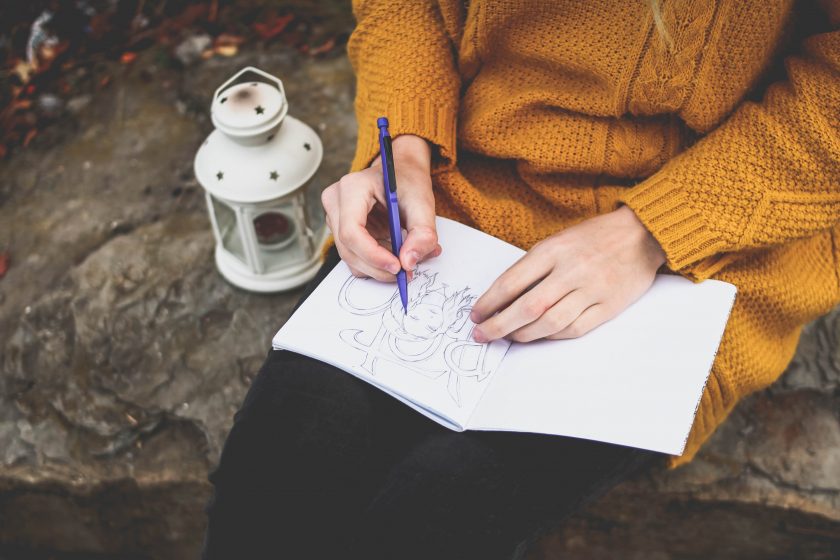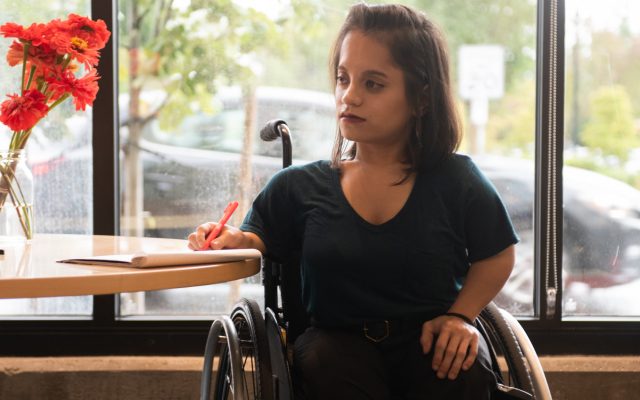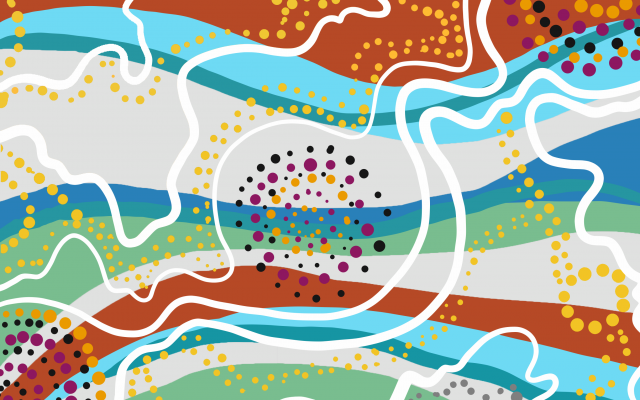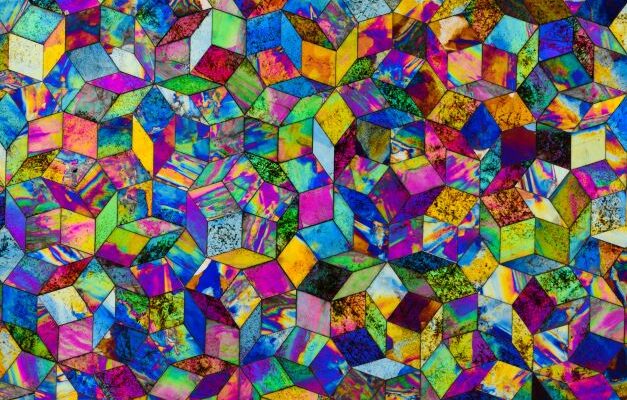
VISUAL FACILITATION: A GUIDE TO DRAWING OUT YOUR THOUGHTS
I’m one of those people who can’t remember anything unless I write it down. Whether it’s a summary of a keynote presentation, reflections on my day, or my weekly shopping list, if it’s not written down, it doesn’t exist.
I am spending more time facilitating workshops, and I’ve been experimenting with drawing pictures, instead of scribbling pages of notes. Recently, I took a course in Visual Notetaking run by Hayley Langsdorf, of Thoughts Drawn Out.
Over four sessions, Hayley has inspired me with her vision for a better way of working: one that’s got fewer acronyms and jargon, and more colourful stories. In that spirit, here’s a summary of what I learnt, captured in words and pictures.
Complicated (or complex) ideas usually have a simple essence. You can leverage metaphors or analogies to make your ideas more accessible. The same goes for drawings: don’t stress about detail, instead, draw simple shapes.
Build your image library. It’s easy to think we need to draw something new every time. But, creating your own icon library can help speed up your scribe. Practice drawing a light bulb, for example, and then use it to represent multiple ideas; electricity, an idea, innovation, light…
Draw doing. Challenge yourself to shift from drawing nouns to verbs. For example, instead of representing ‘education’ by drawing a school, consider drawing a teacher, teaching a class.
A journey, not a destination. As you scribe, work around the page. Create flow between content elements by drawing connections. Arrows, dotted lines and consistent colour can bring like content elements together.
Colour, colour, colour. Hayley describes her scribes as ‘unicorn vomit’, such is her love of colour. It’s up to you to decide whether you add colour sparingly (for impact) or splendiferously (also for impact!). Either way, it creates your signature style. Remember, if you’re doing a live scribe, you might not always have time for colour, and that’s OK.
Prepare your page. There’s the old chestnut that proper preparation and planning prevents poor performance. But, for visual facilitation, you want just the right amount of preparedness. Rather than ruling up your page, preparation is more about reviewing the agenda, speaking with the event organiser to get a sense of who they are, their objectives and understanding who will be in the room. Conversation is fluid, and so are agendas, so over-engineering your page ahead of time can lead to disaster!
Find a facilitation friend. It’s hard to do justice to a live scribe and a facilitated process. You will need a co-facilitator if you are going to attempt to do both well. Be mindful of the agenda, including quiet time for participants to work (and so you can convert your notes to a more fulsome capture). Or, consider sending your visual summary after the session.
Practice, practice, practice. If your first attempt at capturing ‘growth mindset’ or ‘overcoming adversity’ ends in disaster (thanks for the challenge, Hayley!), the not-so-secret secret is to not give up. Have another go. Practice deconstructing the imagery into basic shapes and add it to your visual library so you’re ready to go next time. Add a word or two, to help others’ understanding.
Hayley’s course was a fabulous opportunity to practice and to realise that even difficult concepts such as Indigenous youth suicide, ensuring gender diversity and flood mitigation, can be sensitively and succinctly captured in images. I loved hearing how Hayley’s secret ninja skill—finding the human essence of even the most complex content—can be used to support design, evaluation and knowledge translation.





